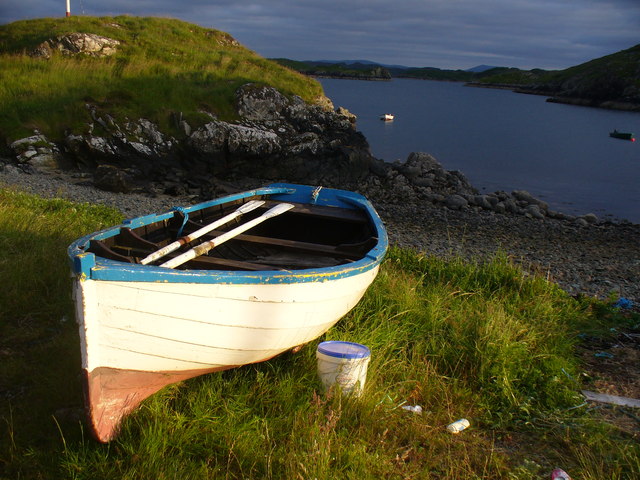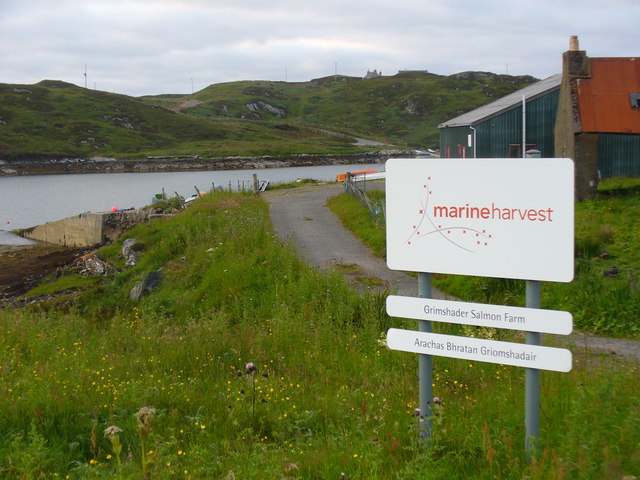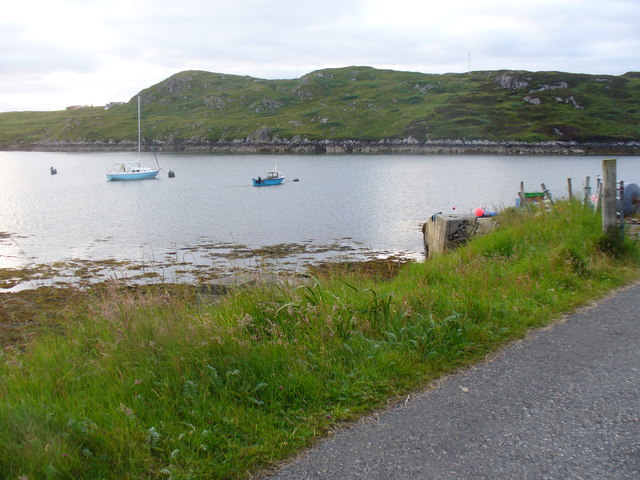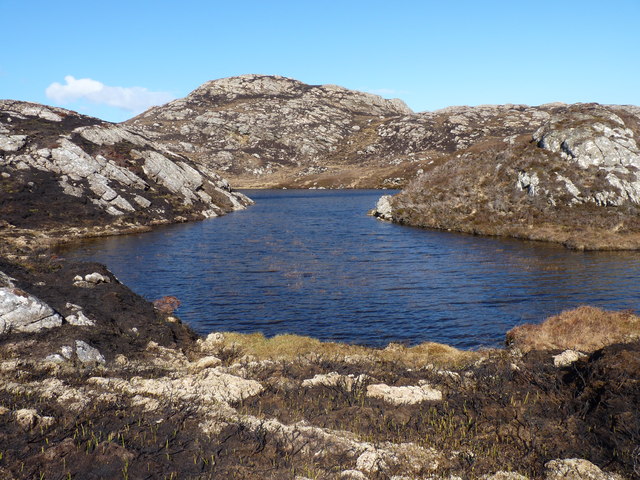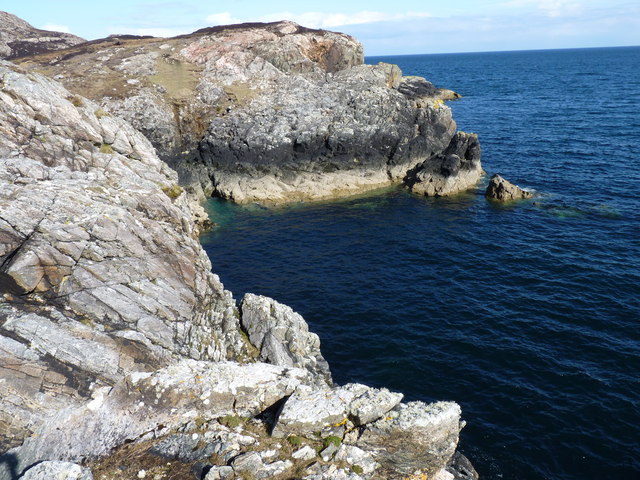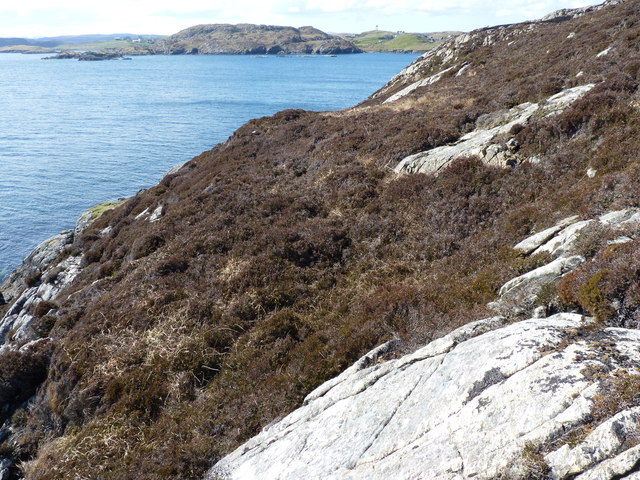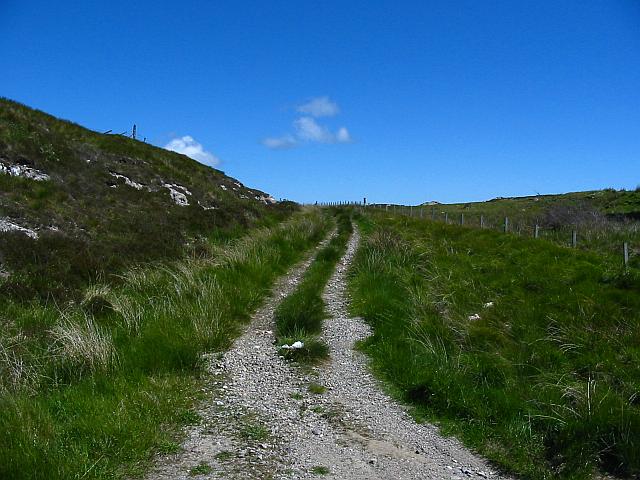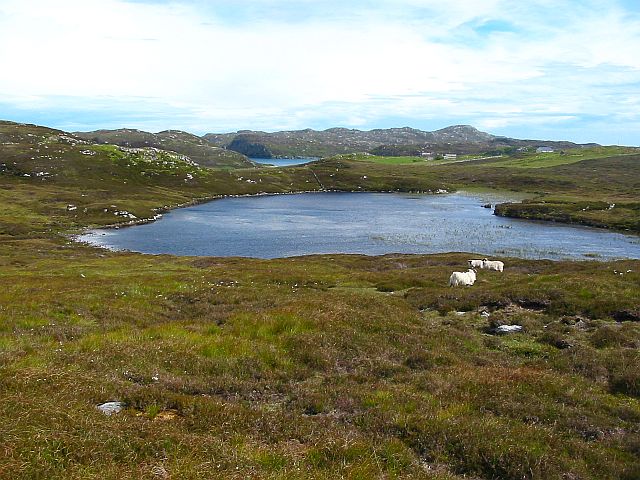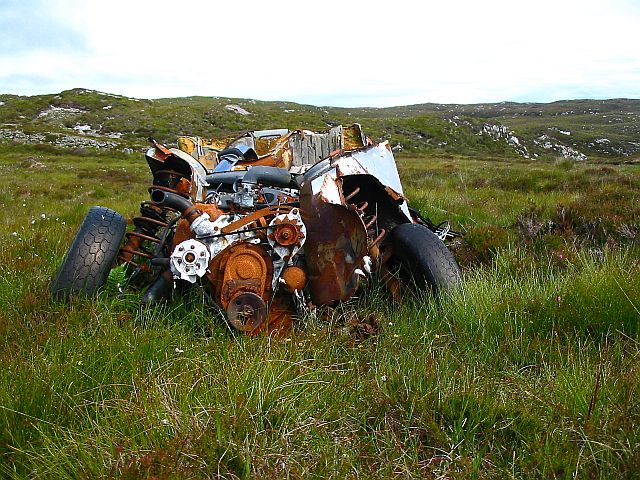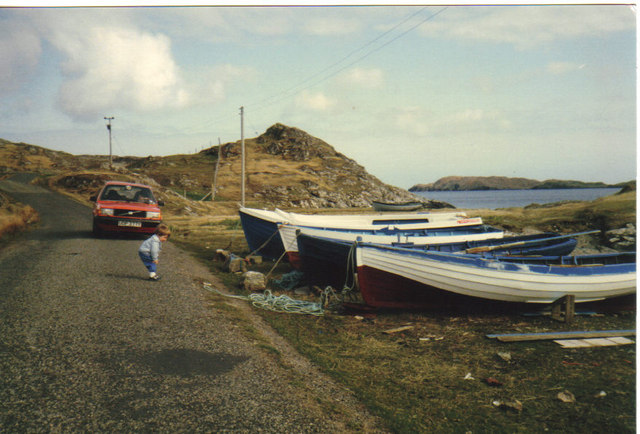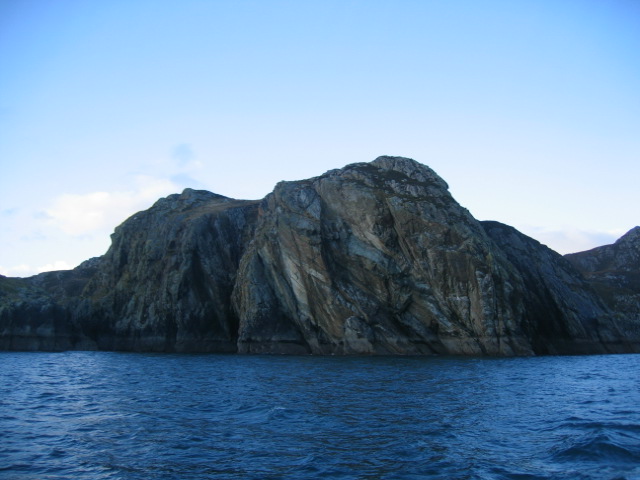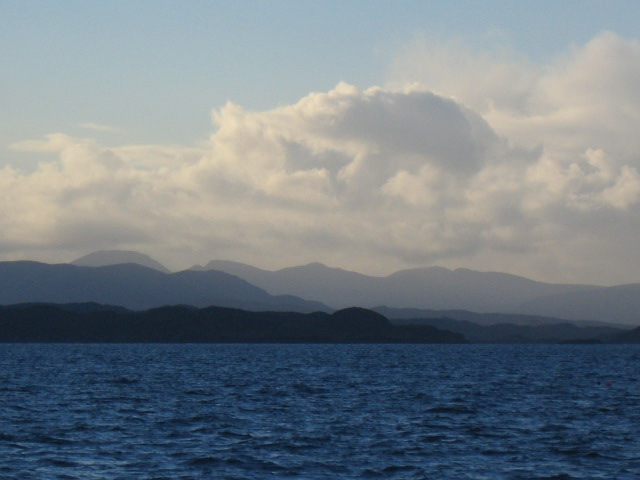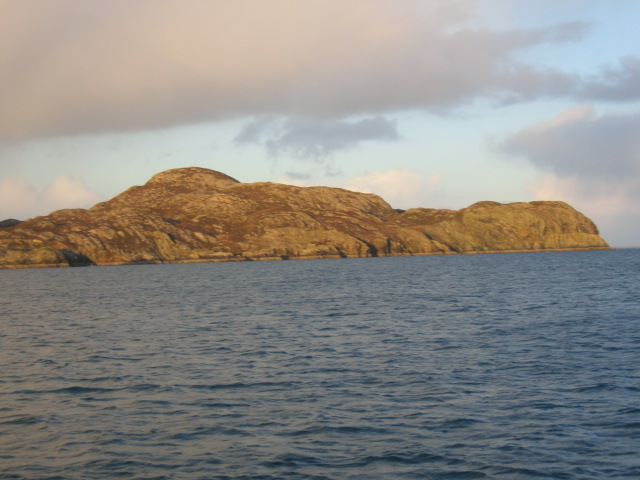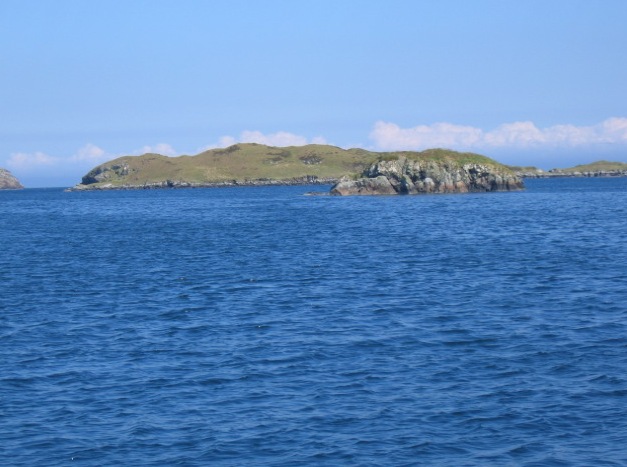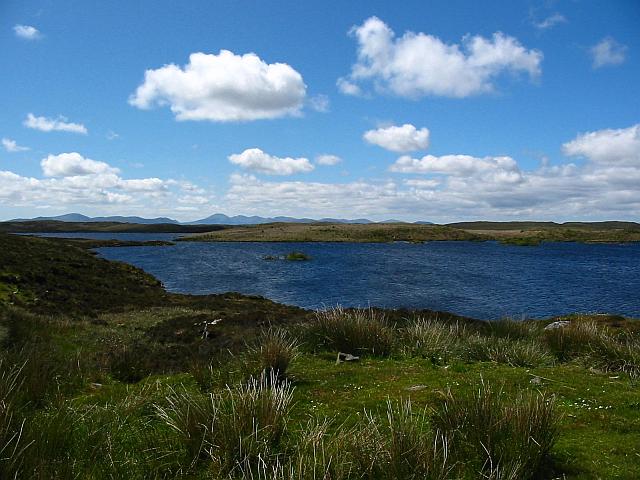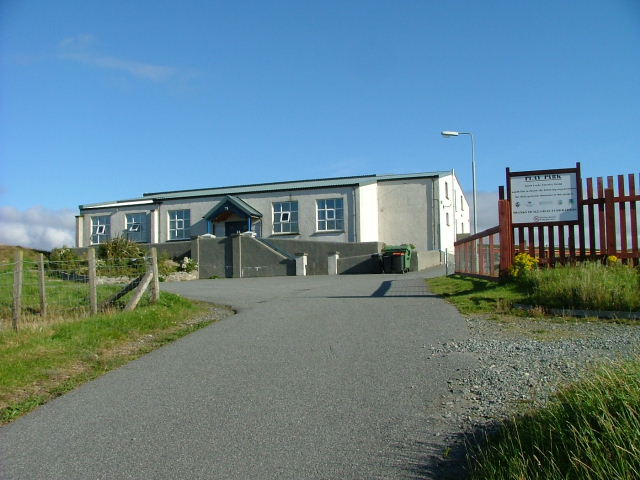Cnoc a' Bhreide
Hill, Mountain in Ross-shire
Scotland
Cnoc a' Bhreide
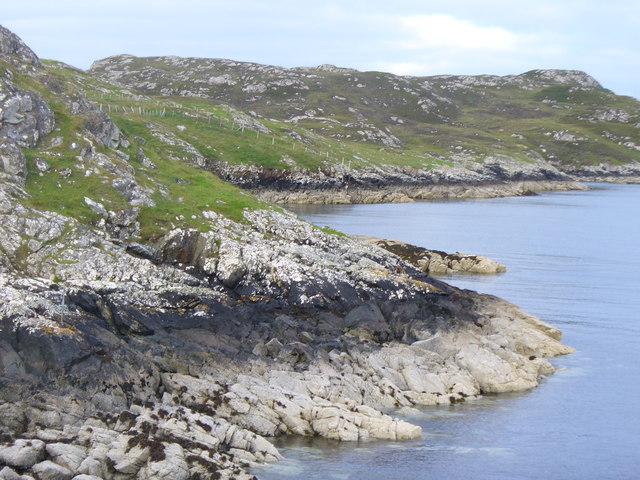
Cnoc a' Bhreide, located in Ross-shire, Scotland, is a prominent hill that offers breathtaking views of the surrounding landscape. Standing at an elevation of approximately 529 meters (1,736 feet), it is a popular destination for outdoor enthusiasts and nature lovers.
The hill is situated in a remote and unspoiled area, characterized by rolling hills, heather moorland, and scattered woodland. Its location provides a tranquil and serene atmosphere, making it an ideal spot for those seeking a peaceful retreat. The summit of Cnoc a' Bhreide offers panoramic vistas of the surrounding countryside, with views extending towards the nearby lochs and mountains.
The ascent of Cnoc a' Bhreide is relatively moderate, making it accessible to a wide range of visitors. Various well-maintained paths and trails lead to the top, allowing hikers to explore the hill at their own pace. The hill is also a popular spot for birdwatching, as it is home to a diverse array of avian species, including golden eagles, red grouse, and peregrine falcons.
Outdoor activities such as picnicking, photography, and sketching are common on Cnoc a' Bhreide, as visitors are captivated by the natural beauty of the surroundings. The hill is particularly stunning during the autumn months when the heather blooms, painting the landscape in vibrant hues of purple and gold.
Overall, Cnoc a' Bhreide is a remarkable hill that offers a memorable experience for those who venture to its summit. With its picturesque views, diverse wildlife, and tranquil atmosphere, it is undoubtedly a must-visit destination for anyone exploring the Ross-shire region of Scotland.
If you have any feedback on the listing, please let us know in the comments section below.
Cnoc a' Bhreide Images
Images are sourced within 2km of 58.137846/-6.4013812 or Grid Reference NB4125. Thanks to Geograph Open Source API. All images are credited.
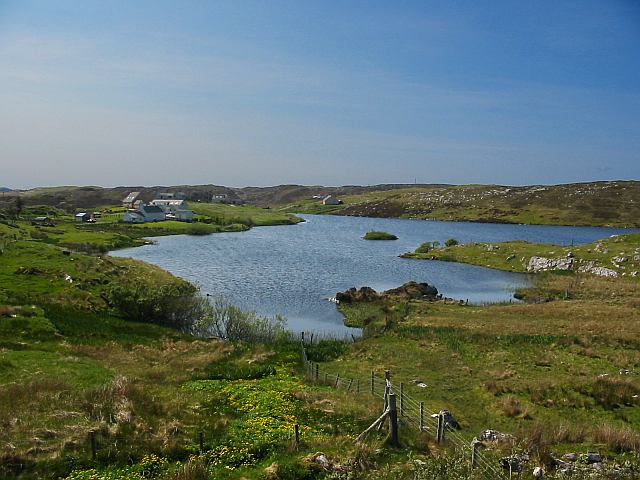
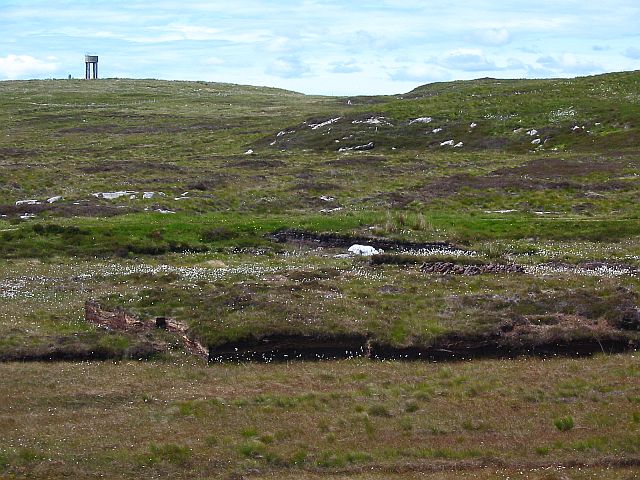
Cnoc a' Bhreide is located at Grid Ref: NB4125 (Lat: 58.137846, Lng: -6.4013812)
Unitary Authority: Na h-Eileanan an Iar
Police Authority: Highlands and Islands
What 3 Words
///inclines.roadways.throw. Near Leurbost, Na h-Eileanan Siar
Nearby Locations
Related Wikis
Crossbost
Crossbost is a village on the Isle of Lewis in the parish of North Lochs, in the Outer Hebrides, Scotland. It is located approximately ten miles away...
North Lochs
North Lochs, (Scottish Gaelic: Ceann a Tuath nan Loch), an area in eastern Lewis, Outer Hebrides, Scotland, is named for the many lochans (small lochs...
Rainish Eilean Mòr
Rainish Eilean Mòr is an uninhabited island in Loch Orasaigh, north of the village of Leurbost in the area of South Lochs on the Isle of Lewis, Lewis and...
Cromore
Cromore (Scottish Gaelic: Crò Mòr) is a crofting township on the Isle of Lewis in the district of Pairc, in the Outer Hebrides, Scotland. The settlement...
Leurbost
Leurbost (Scottish Gaelic: Liùrbost) is a village on the east coast of the Isle of Lewis in the Outer Hebrides of Scotland. It is approximately 6 miles...
Eilean Chaluim Chille
Eilean Chaluim Chille (Gaelic: island of Saint Columba, Calum Cille) is an unpopulated island in the Outer Hebrides. It lies off the east coast of Lewis...
HMY Iolaire
HMY Iolaire was an Admiralty Yacht that sank at the entrance to Stornoway harbour on 1 January 1919, with the loss of at least 201 men out of the 283 on...
Cabharstadh
Cabharstadh or Caversta (Scottish Gaelic: Cabharstaigh) is a village on the Isle of Lewis in the Outer Hebrides, Scotland. Caversta is situated in the...
Nearby Amenities
Located within 500m of 58.137846,-6.4013812Have you been to Cnoc a' Bhreide?
Leave your review of Cnoc a' Bhreide below (or comments, questions and feedback).
